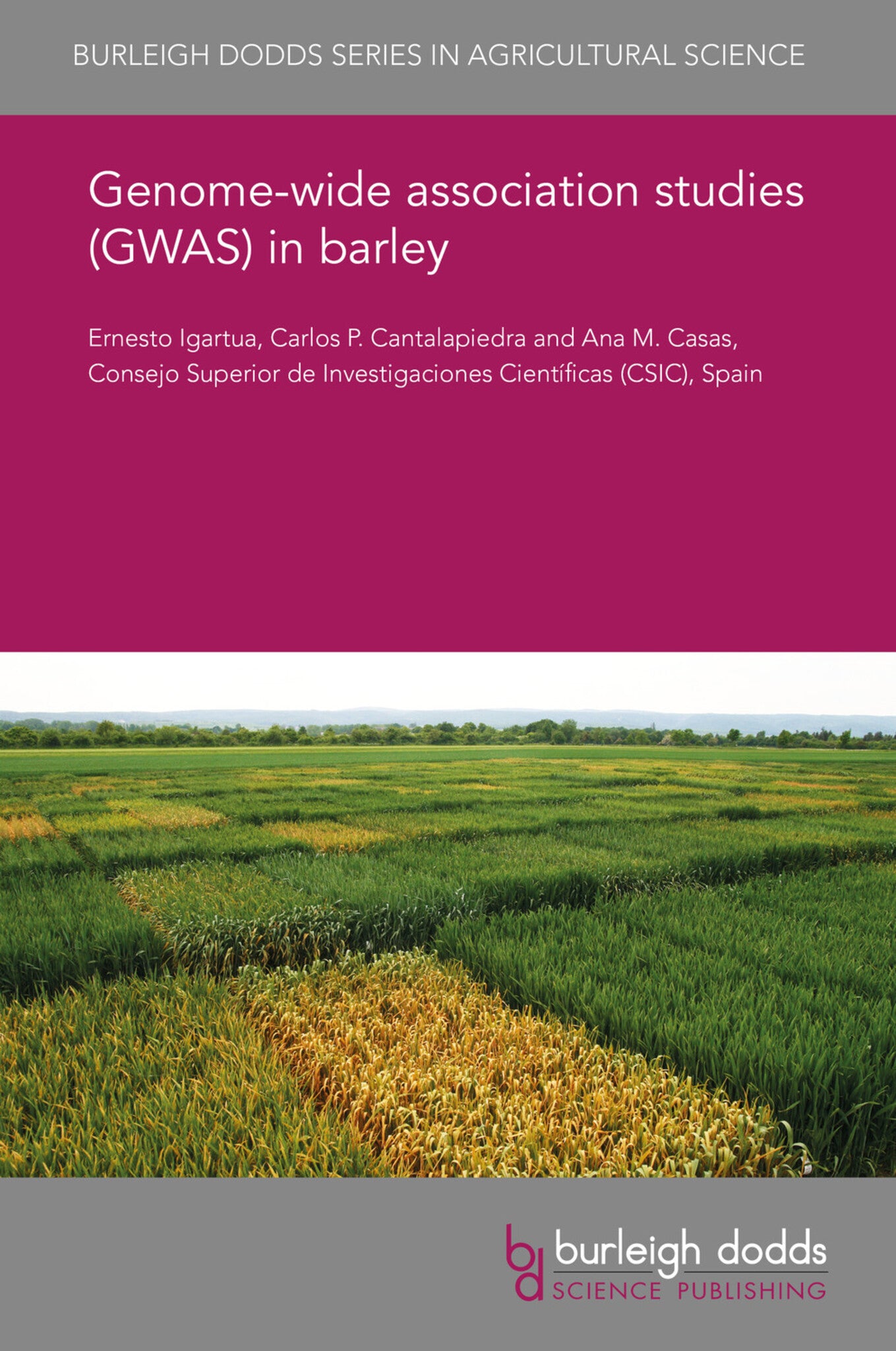We're sorry. An error has occurred
Please cancel or retry.
Genome-wide association studies (GWAS) in barley

Some error occured while loading the Quick View. Please close the Quick View and try reloading the page.
Couldn't load pickup availability
- Format:
-
27 June 2019


TECHNOLOGY & ENGINEERING / Agriculture / Sustainable Agriculture, Agronomy and crop production, TECHNOLOGY & ENGINEERING / Agriculture / Agronomy / Crop Science, Sustainable agriculture

1 Introduction 2 Studies using GWAS in barley 3 Marker number, marker platforms and marker types 4 Linkage disequilibrium in barley 5 Ascertainment bias 6 Genotypic panels 7 Genetic and physical distances 8 Resolution to single genes 9 Population structure hampers detection of major loci 10 Improvements in methods of analysis 11 GWAS enrichment 12 GWAS and environmental association 13 Future trends and conclusion 14 Where to look for further information 15 References



